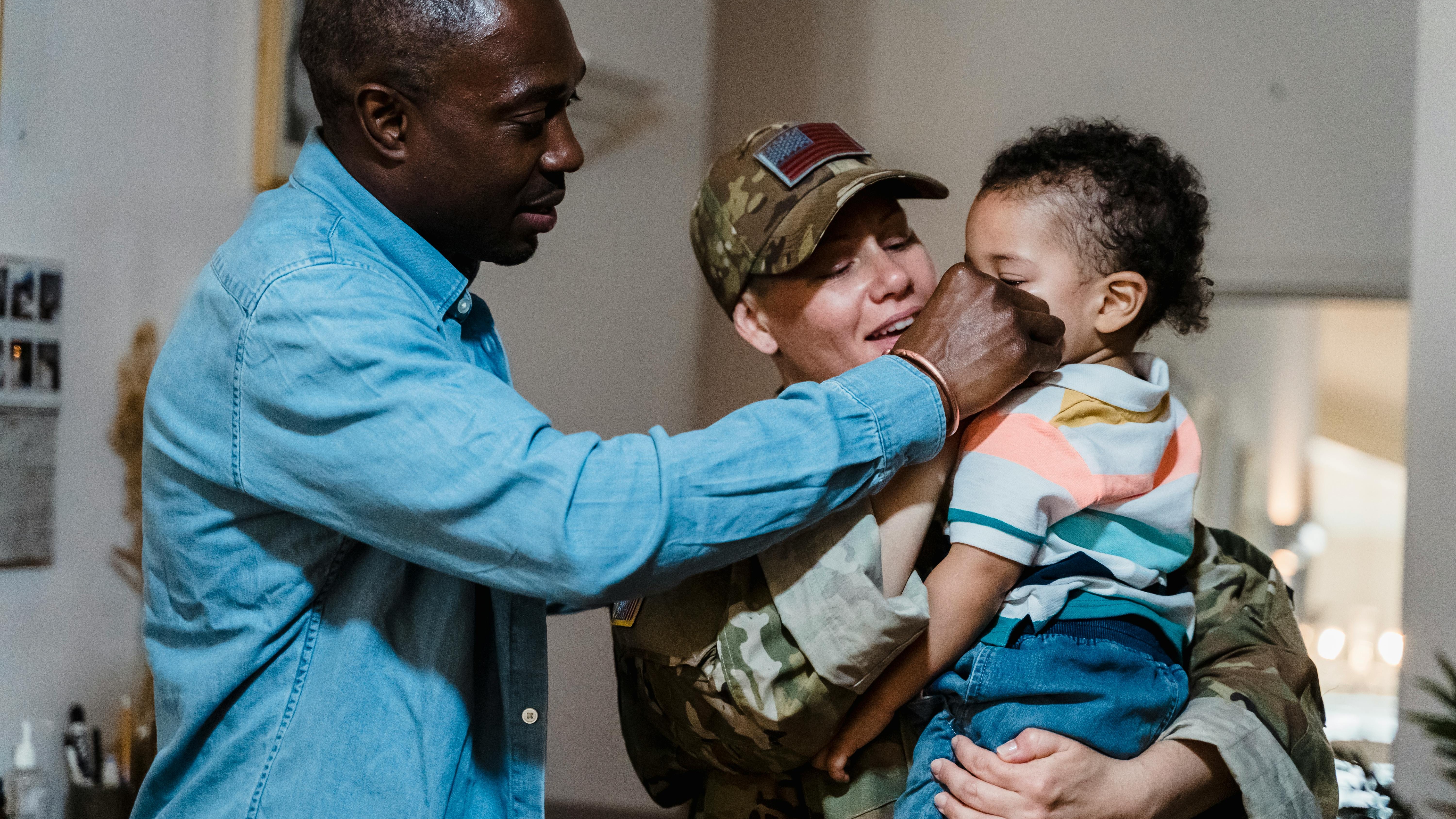
Why Physical Training Matters in the Military
In a world where personal accountability shapes outcomes, the importance of collective actions like Physical Training (PT) takes on a greater significance in the military context. As emphasized by Admiral William McCraven, success lies in mastering the fundamentals. PT serves as a powerful metaphor for the little things that make for a greater cohesion and combat readiness amongst service members. More than just a routine, PT cultivates a resilient mindset, builds physical capability, and fosters unity within teams.
The Profound Rewards of Training Together
The advantages of engaging in unit PT extend beyond the physical realm. Firstly, soldiers develop a robust physique, preparing them for the challenges of combat. Secondly, it imparts crucial mental resilience, teaching individuals to face adversities head-on. This mental toughness is essential not only in military operations but also serves valuable lessons in civilian life. It’s a process of building gritty leaders, wherein the camaraderie formed during PT becomes a catalyst for leadership development.
Fostering Leadership: A Crucial Benefit
One of the lesser-discussed but significant outcomes of collective physical training is the emergence of leaders. While individual fitness is essential, having the entire unit train together establishes a framework for mentorship and leadership skills. Soldiers collectively face challenges during PT, and as they support each other through physical exertion, they simultaneously cultivate essential group dynamics. This results in leaders emerging naturally, providing guidance and support in both training and real-world scenarios.
The Gateway to Team Cohesion
Another vital aspect of unit PT is its role in enhancing trust and cohesion. In the military, teamwork can mean the difference between success and failure. Regular participation in PT fosters a sense of belonging and community, essential attributes when soldiers must rely on one another in the face of danger. This environment deepens bonds, ultimately translating to higher levels of cooperation and communication during missions. Stats show that cohesive units perform significantly better in operations, underscoring the connection between physical training and operational effectiveness.
A Shifting Culture and Doctrine of Physical Training
Since joining the Army, I have witnessed a transformative shift in the approach toward PT. Gone are the days of monotonous calisthenics; contemporary training now includes a variety of strength-building exercises. This evolution is not merely about physical fitness but reflects a broader cultural recognition of how these practices impact unit cohesion and effectiveness. As military training adapts, professionals must embrace these changes to better equip themselves for modern warfare.
Beyond the Barracks: Lessons for Leadership
The principles learned in military PT are transferable to civilian sectors. Business leaders can draw powerful parallels between military training and team-building practices. Just as military units rely on one another to succeed, corporate teams thrive on trust and collaboration nurtured through shared experiences. Lessons in discipline, accountability, and mutual support sculpt stronger teams in any organizational landscape.
Take Charge of Your Training Journey
In conclusion, the case for unit PT transcends mere fitness; it encompasses personal and professional growth. Whether one is an active-duty service member, a veteran, or even a civilian leader, understanding the importance of holistic training fosters resilience and camaraderie. Exploring ways to implement these practices in everyday life shows a commitment to not only improving oneself but enhancing the collective performance of teams.
Join the movement to initiate or participate in unit PT. Not only will you reap the physical benefits, but you'll also influence others, contributing to a culture of leadership and heroes in both military and civilian lives. Honor the values of strength, teamwork, and perseverance by making PT a foundational aspect of your routine.
 Add Row
Add Row  Add
Add 




Write A Comment